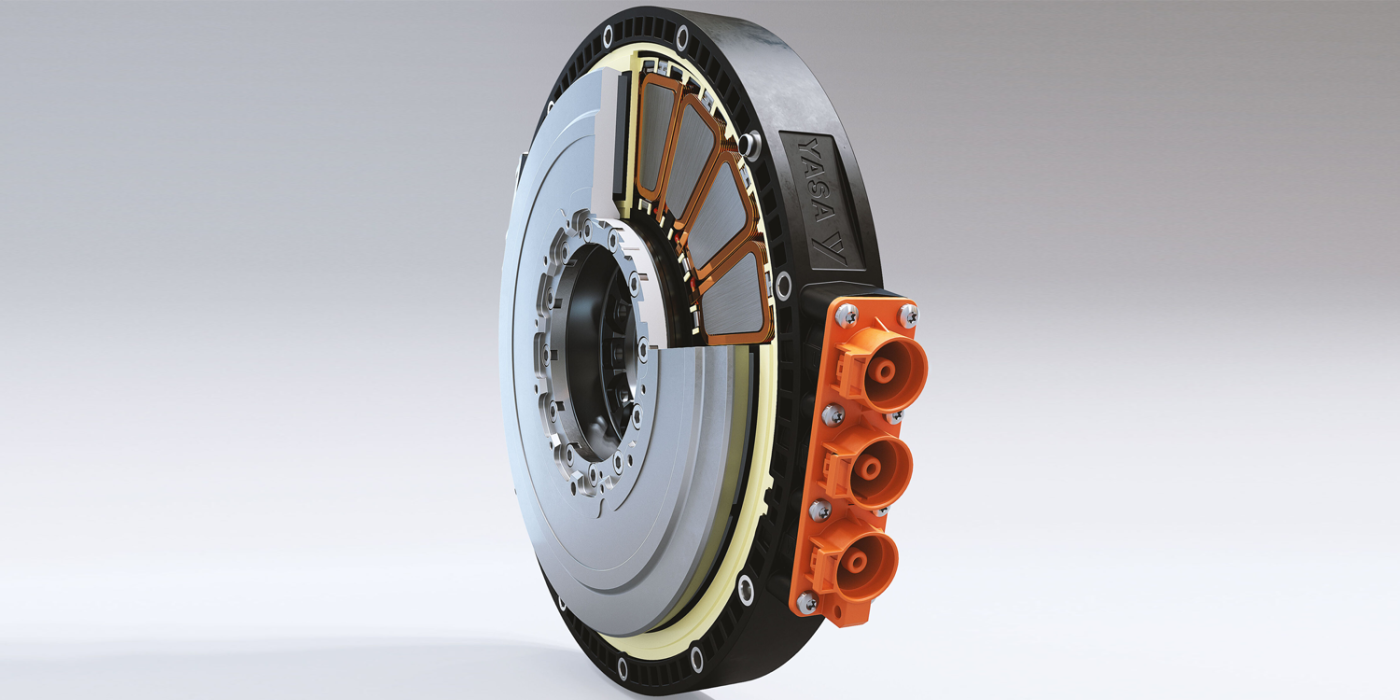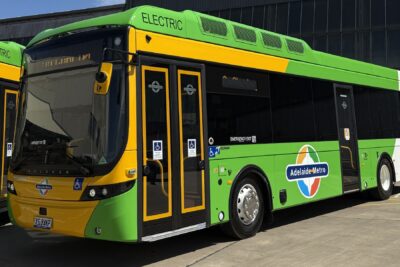MAXIMA: Research teams aim to make axial flux motors cheaper
The development of axial flux synchronous machines (AFSM) for the broad automotive market and the associated manufacturing process are the goals of the new EU-funded research project MAXIMA. Cheaper AFSMs are to be investigated by 2027.
ASFMs currently on the market are very efficient, but only cover a niche market due to their high manufacturing costs, according to a statement by the project team. MAXIMA stands for Modular AXIal flux Motor for Automotive.
The radial flux approach is widely used in today’s electric motors, in which the magnetic field of the stator flows radially to the axis of rotation, ensuring high torque. The axial flux topology (stator magnetic field flows parallel to the axis of rotation) increases the power density. Until now, these motors have only been found in expensive sports cars due to their cost, for example in the hybrid system of the LaFerrari Mercedes has taken over the British electric drive system specialist Yasa in 2021 and plans to assemble axial flux motors based on Yasa designs for its upcoming electric high-performance sports cars at the Berlin-Marienfelde plant in the future.
As part of MAXIMA, eleven research teams and companies from six European countries are now working to make this technology more affordable. An in-depth analysis of the technology has revealed “great potential for increasing the performance of electric drives”, according to the researchers. With their compact dimensions and high efficiency, they are said to be suitable for mobile applications such as in e-cars.
One of the points with which the costs are to be reduced is a modular design of the drives. The axial flux motors are to be adaptable to different performance requirements by stacking identical rotors and stators. As the number of different components decreases and at the same time the number of remaining components increases, scaling should lead to lower manufacturing costs and easier maintenance, and recycling should also be facilitated.
Digital twins are also to be used, “to develop optimal control and to test the AFM to its limits”, as the researchers write. However, the consortium also states that they will have to “overcome technological and scientific challenges in the electromagnetic, mechanical, and thermal fields” to promote the market integration of this technology.
The Arts et Métiers Sciences and Technology Campus in Lille, France led the consortium. Among others, Stellantis and Nidec PSA Emotors, the electric drive joint venture of Stellantis and Nidec, are also involved. Research institutes such as the Technical University of Cluj-Napoca, the Universitat Politècnica de Catalunya and the Vrije Universiteit Brussel are part of the MAXIMA project.
With reporting by Sebastian Schaal, Germany.
Source: Info via email





1 Comment